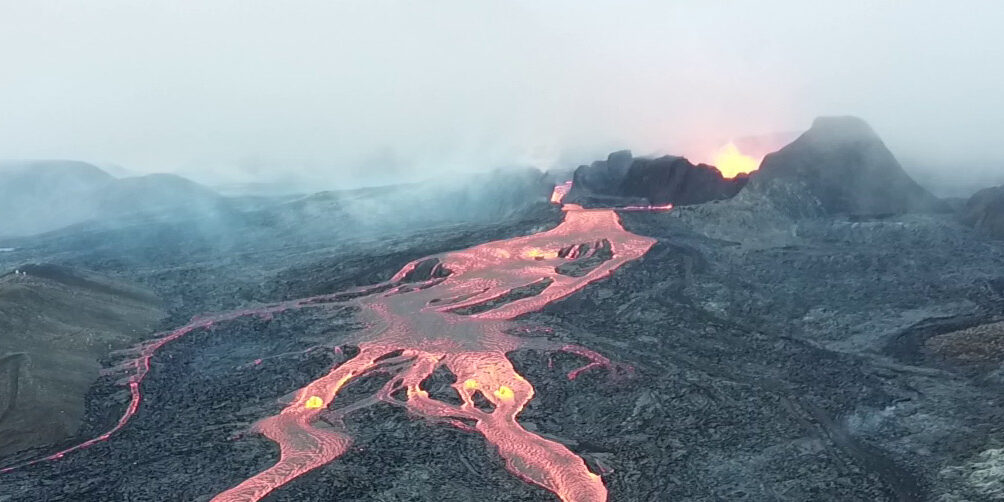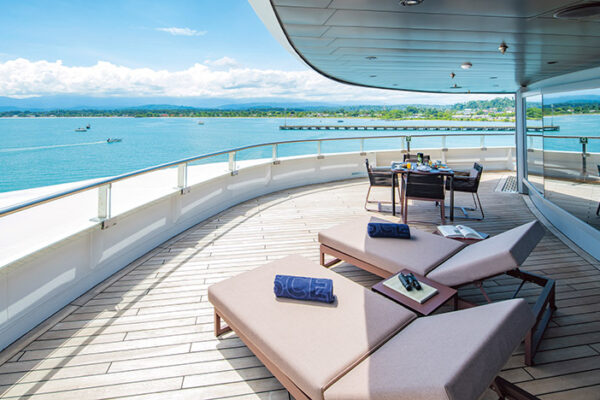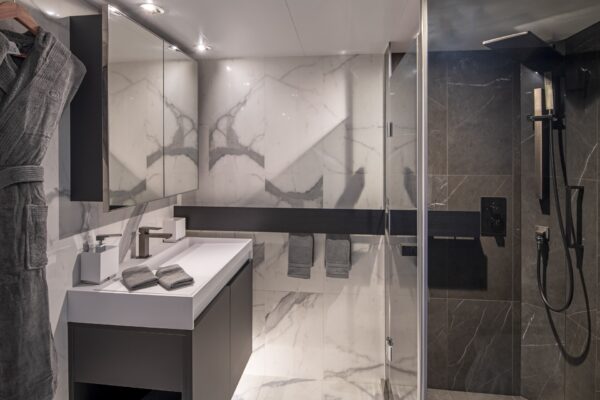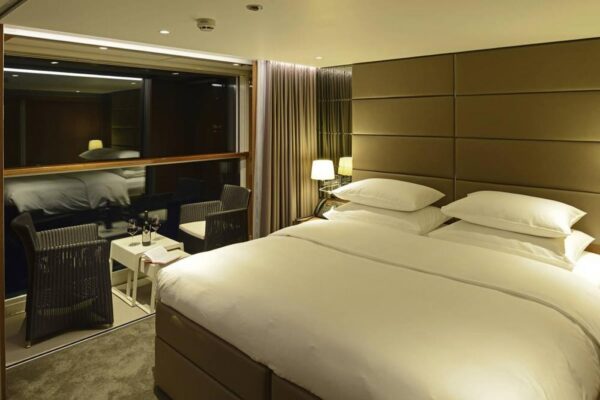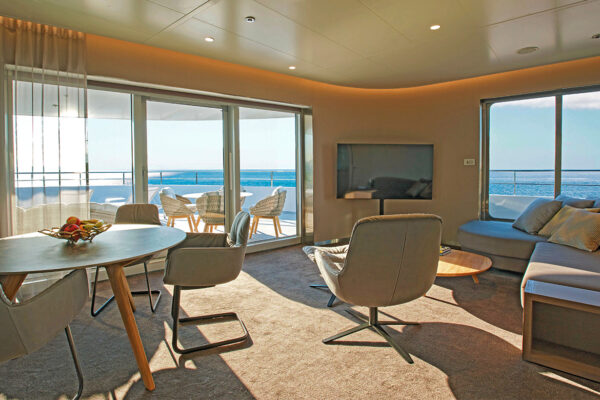It seems to be a common theme over the last 3 years. Iceland’s Reykjanes Peninsula been home to 3 eruptions and 4 failed magma intrusions since the 2020 Volcanic Activity began. So far, all of these eruptions have been “tourist eruptions” with low gas content, low silica and comprised of low-viscosity basaltic lava. This next eruption may be a departure from that trend.
Iceland is uniquely located on the Mid-Altantic ridge and also atop a mantle plume hotspot. As a result, it is a land truly born of fire and ice.
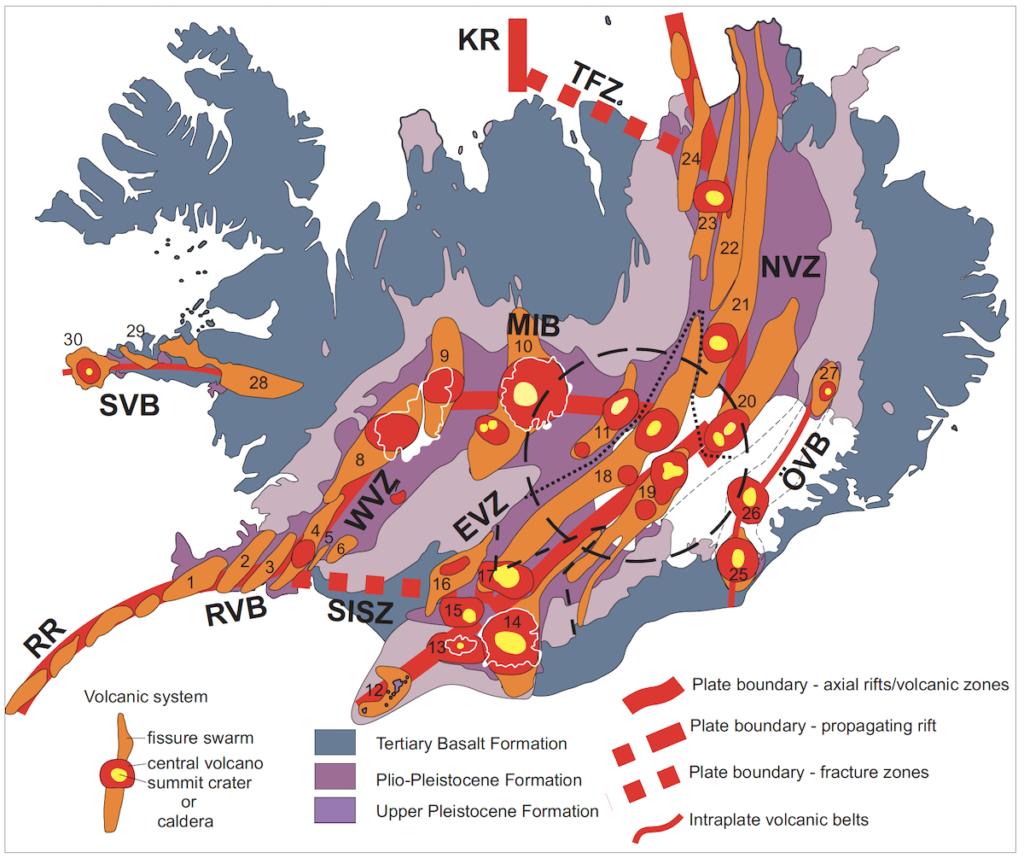
Illahraun on Iceland’s Reykjanes System
The Reykjanes volcanic system has been fairly quiet since its century of eruptions in the 13th Century. As I type this, the latest magma intrusion sits approximately 4-5 kms below an area of the peninsula with a history of stronger, more gas rich eruptions. This is due mainly to a higher moisture content in the ground in this lower regions. Combine the higher water content of this area with the stronger magma dike and sill that is forming, and this next eruption has the potential to be truly amazing while having the potential to cause travel interruptions.
Currently, the primary area of land uplift is directly under an older volcanic fissure known as Illahraun Craters. These were known as the “fire blowers” in the eruptions they produced in the 1200’s. Due to the proximity, special efforts are being made to protect the Blue Lagoon, The Power Plant and the town of Grendavik. The flat contours of the land here make it necessary for the Icelandic authorities to prepare earthen berms to direct potential lava flows from these and other protected infrastructure.
While earthen barriers haven’t been erected yet, they were proven multiple times during the 2021 eruption at Fagradalsfjall in the vallies of Geldingadalir ,Nátthaga and upper and lower Meradalir.

Potential Hazards
The earthen berms have been proven to control fast moving lava flows, so their use will likely be implemented to save critical infrastructure. The other potential impact will be volcanic ash. Since the moisture in the ground is much higher, and ground pressure appears to be much higher than the last three eruptions, larger lava fountains and ash are potentially a bigger issue to be dealt with. Ash turns a tourist eruption into a tourist slow-down. Because Iceland is positioned perfectly between North America and European flight-lines, it is often directly under most commercial air traffic flying across the North Atlantic. Simply put, volcanic ash and jet airplanes do not mix well. When fine grains of volcanic ash enter a jet turbine, they remelt, and then solidify on the blades of the jet engine. This can cause engines to stall and is damaging to the overall health of turbine blades If this proves to be a more ash-rich eruption, then many flights across the Atlantic will see redirections to avoid the potential damage to the jet engines. For some travelers, this may mean longer wait times for flights and returns in the coming weeks.
All of this said, there is a lot of hope that this coming Icelandic eruption will be another pleasant, tourist eruption like those in the recent past. For the last three years, the eruptions on the Reykjanes Peninsula have dazzled audiences from across the globe who have been able to visit and be witness to something so amazing. Hopefully, this coming eruption will be the same for Iceland and its visitors. Multiple tours of Mayflower have been fortunate enough to be in Iceland during these amazing events, and hopefully a team will be able to witness yet another.


